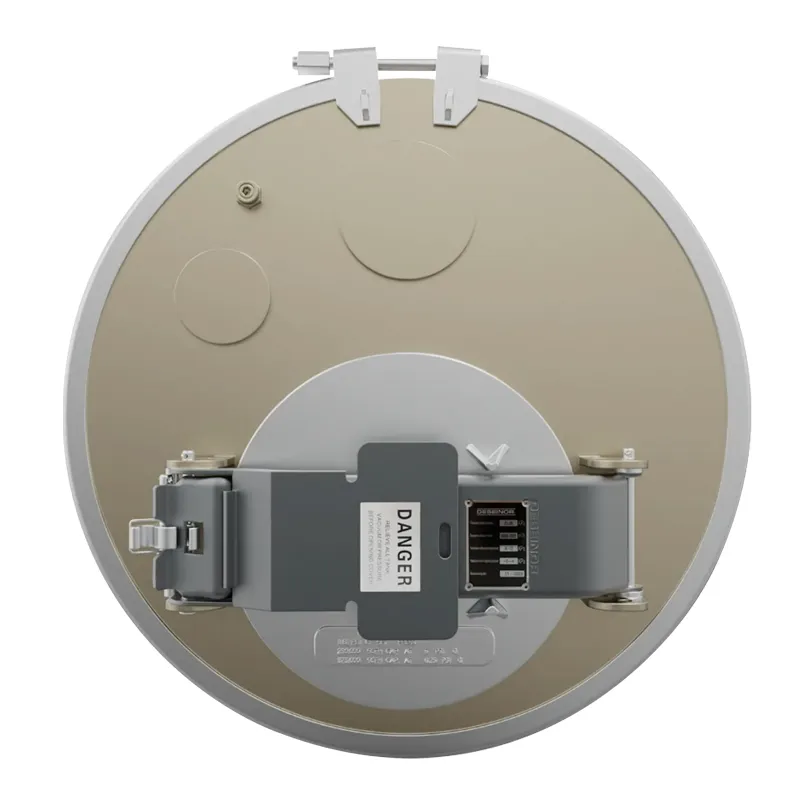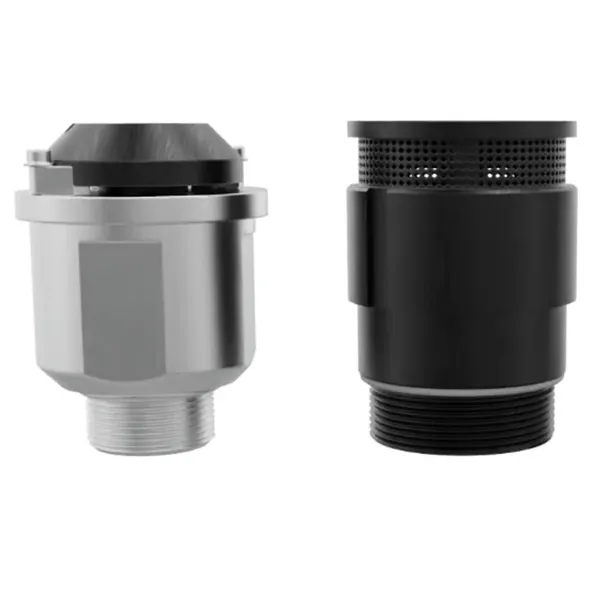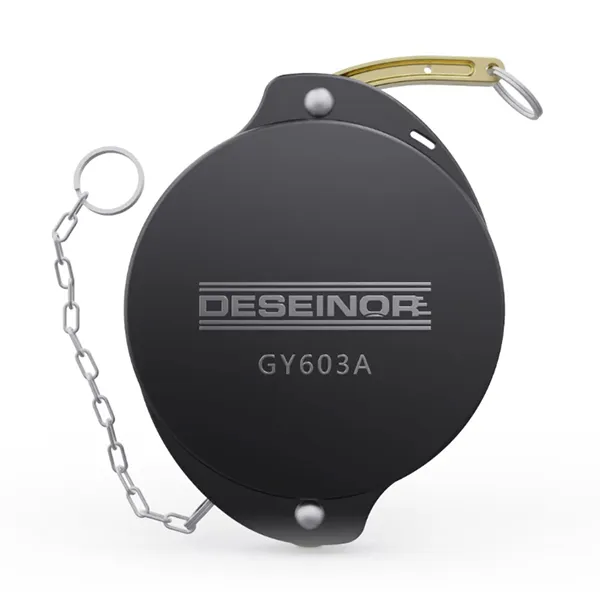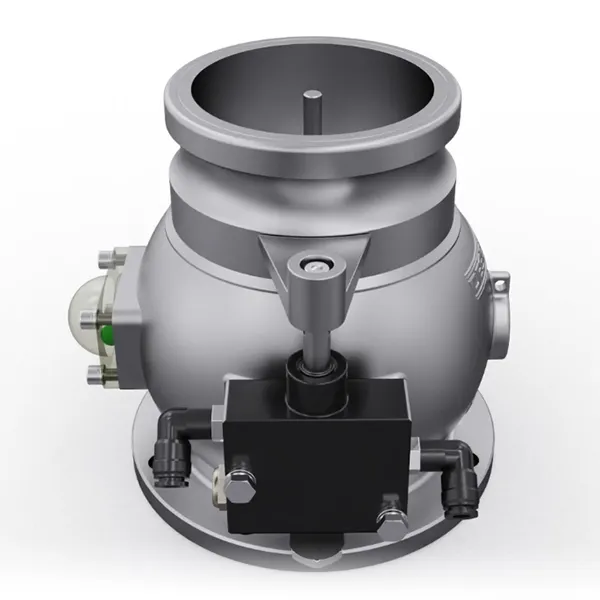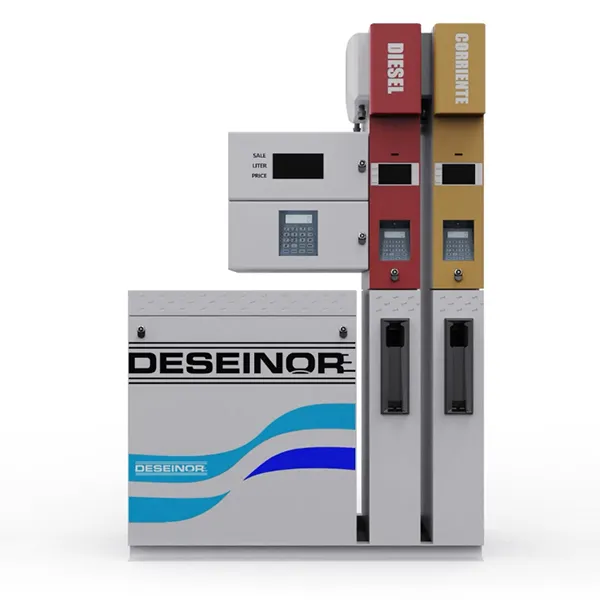FAQ
About the Company
How long has the company been in business, and what is your experience in this industry?
How long has the company been in business, and what is your experience in this industry?
DESEINOR was established in 2008 and has over 17 years of experience in the tank truck parts and fuel station equipment industry. We specialize in the production of manhole covers, bottom loading valves, overfill prevention valves, API adapters, composite hoses, couplings, and other key tank truck components. We have built long-term partnerships with clients across global markets.
What industry standards and certifications do your products meet?
What industry standards and certifications do your products meet?
Our tank truck equipment and parts are certified to meet major international standards, including CE, ADR (EU), UL (U.S.), IEP ATEX explosion-proof, and CCS (China Classification Society). In addition, we operate under the ISO 9001 Quality Management System to ensure safety and reliability across all products.
Are your products quality tested? What is the warranty period?
Are your products quality tested? What is the warranty period?
Yes. We implement comprehensive quality control procedures, including material inspection, dimensional checks, pressure testing, sealing performance tests, and fatigue resistance evaluations. All products come with a 1 to 2-year warranty, during which we offer free replacement or repair for any quality-related issues.
What is your typical production and delivery time?
What is your typical production and delivery time?
Most standard parts are kept in stock and can be shipped immediately. For customized products, the production lead time is usually 7-20 days, depending on the order quantity. We work with reliable logistics partners to ensure on-time delivery for both domestic and international orders.
What after-sales service and technical support do you provide?
What after-sales service and technical support do you provide?
We offer 24-hour technical support, including usage guidance, installation training, and remote technical consultation. All DESEINOR products come with full after-sales service, including repairs, replacements, and technical upgrades, to ensure peace of mind for our customers.
About Tank Truck Equipment and Parts
How can static electricity and fire hazards be prevented during fuel loading and unloading?
How can static electricity and fire hazards be prevented during fuel loading and unloading?
Before transport or unloading, a static grounding reel must be connected to the ground to prevent static buildup. A vapor recovery system should be installed between the tanker and storage tank to reduce flammable vapor accumulation. Flame arresters and pressure vacuum vents must be inspected regularly to ensure proper explosion-proof functionality.
What should be considered for tank truck parts operating in low-temperature environments?
What should be considered for tank truck parts operating in low-temperature environments?
Cold temperatures may cause seals to harden and valves to seize, affecting pumping efficiency. It’s important to use low-temperature-resistant materials, apply insulation layers or electric trace heating systems, and regularly drain residual liquids from pipelines to prevent freezing.
How can safety be ensured for the tank and components during fuel transport?
How can safety be ensured for the tank and components during fuel transport?
Conduct regular inspections of manhole covers, sealing gaskets, and breather valves to prevent leakage and structural damage from pressure differentials. Use overfill protection system to avoid overfilling and minimize the risk of fuel spills during loading.
What should be considered when purchasing tank truck components?
What should be considered when purchasing tank truck components?
Tank materials must be corrosion-resistant and pressure-rated to meet hazardous goods transport standards. Valves and fittings should come with leak-tightness and pressure resistance test reports. All parts must be compatible with the tanker’s specifications and connection interfaces.
Are there special requirements for tank truck components used in chemical liquid transport?
Are there special requirements for tank truck components used in chemical liquid transport?
Components must use stainless steel or specialized alloys to resist chemical corrosion. High-performance gaskets ensure tight sealing with no leakage. Explosion-proof and anti-static systems such as grounding reels and flame arresters are required. For volatile or viscous liquids, chemical-grade pumps must be selected for reliable operation.
About Fuel Station Equipment
How is the measurement accuracy of your fuel dispensers ensured?
How is the measurement accuracy of your fuel dispensers ensured?
Our fuel dispensers are equipped with high-precision flow meters, ensuring fuel delivery accuracy stays well within the regulated error range. Regular calibration can be performed to maintain long-term stability and compliance.
What are the maintenance requirements for fuel dispensers?
What are the maintenance requirements for fuel dispensers?
Regularly inspect pipelines for leaks or blockages. Clean the filtration system to prevent impurities from affecting fuel flow. Calibrate the flow meters periodically to ensure accurate measurement, and ensure all electrical systems are operating properly to eliminate safety risks caused by wiring faults.
What factors should be considered when selecting a mobile fuel station?
What factors should be considered when selecting a mobile fuel station?
Choose the appropriate tank capacity based on fueling demand. Select from single-nozzle, dual-nozzle, or multi-nozzle dispensers, depending on fuel types such as gasoline, diesel, or aviation kerosene. Consider whether the unit supports smart payment systems, including IC cards, QR code scanning, or card swiping.
Do you offer customized LPG filling station solutions?
Do you offer customized LPG filling station solutions?
Yes, we provide tailor-made LPG filling station solutions, including customizable tank sizes, dispenser configurations, and smart management systems to meet different operational requirements.
What are the basic requirements for deploying a standard energy-saving hydraulic LPG filling station?
What are the basic requirements for deploying a standard energy-saving hydraulic LPG filling station?
The site must be level, well-ventilated, and located away from open flames. Local safety permits, such as gas operation licenses and fire inspection approvals, must be obtained (we provide technical documentation support). Both the hydrocarbon pump and electronic filling scale require 380V and 220V power supply for operation.

